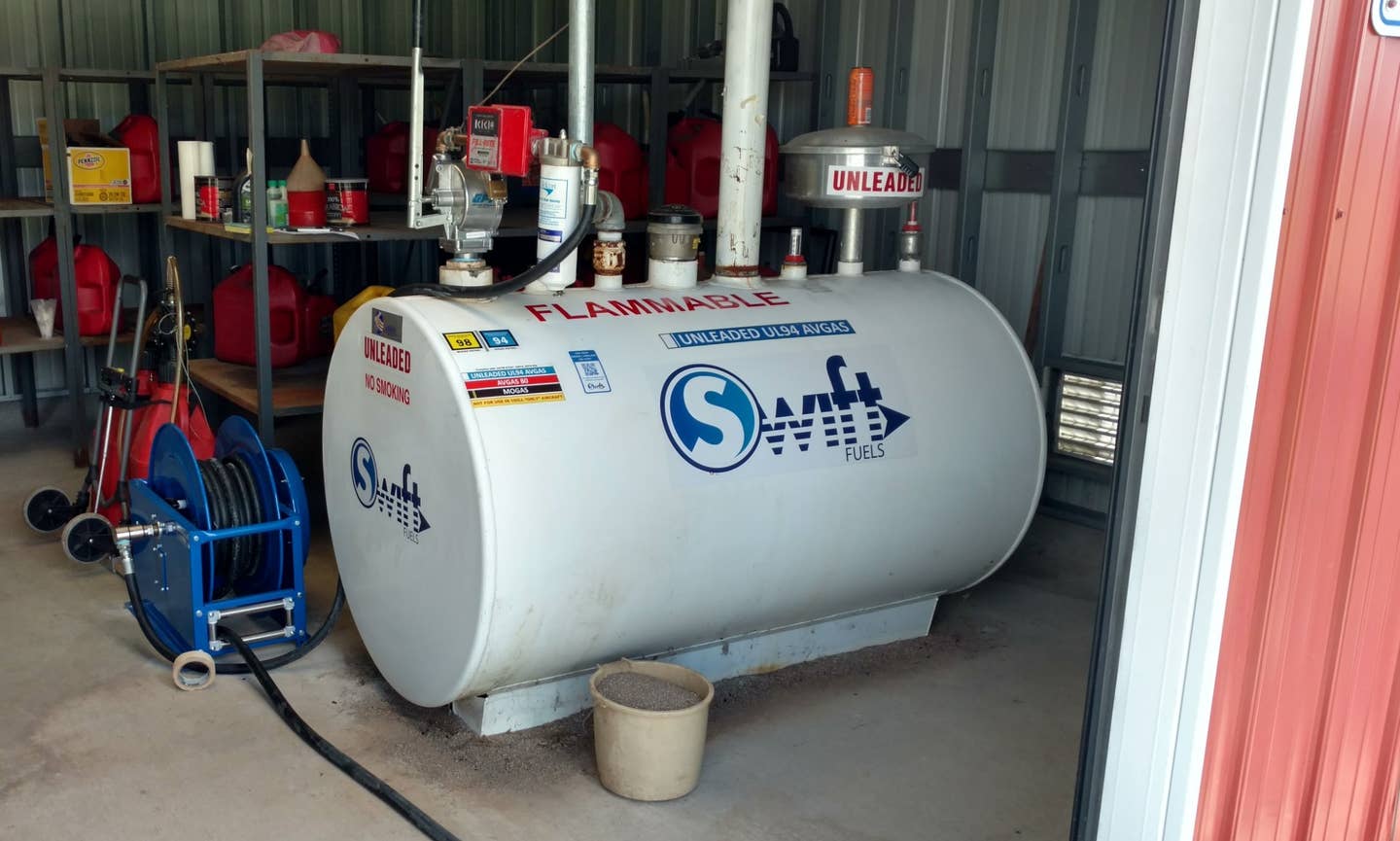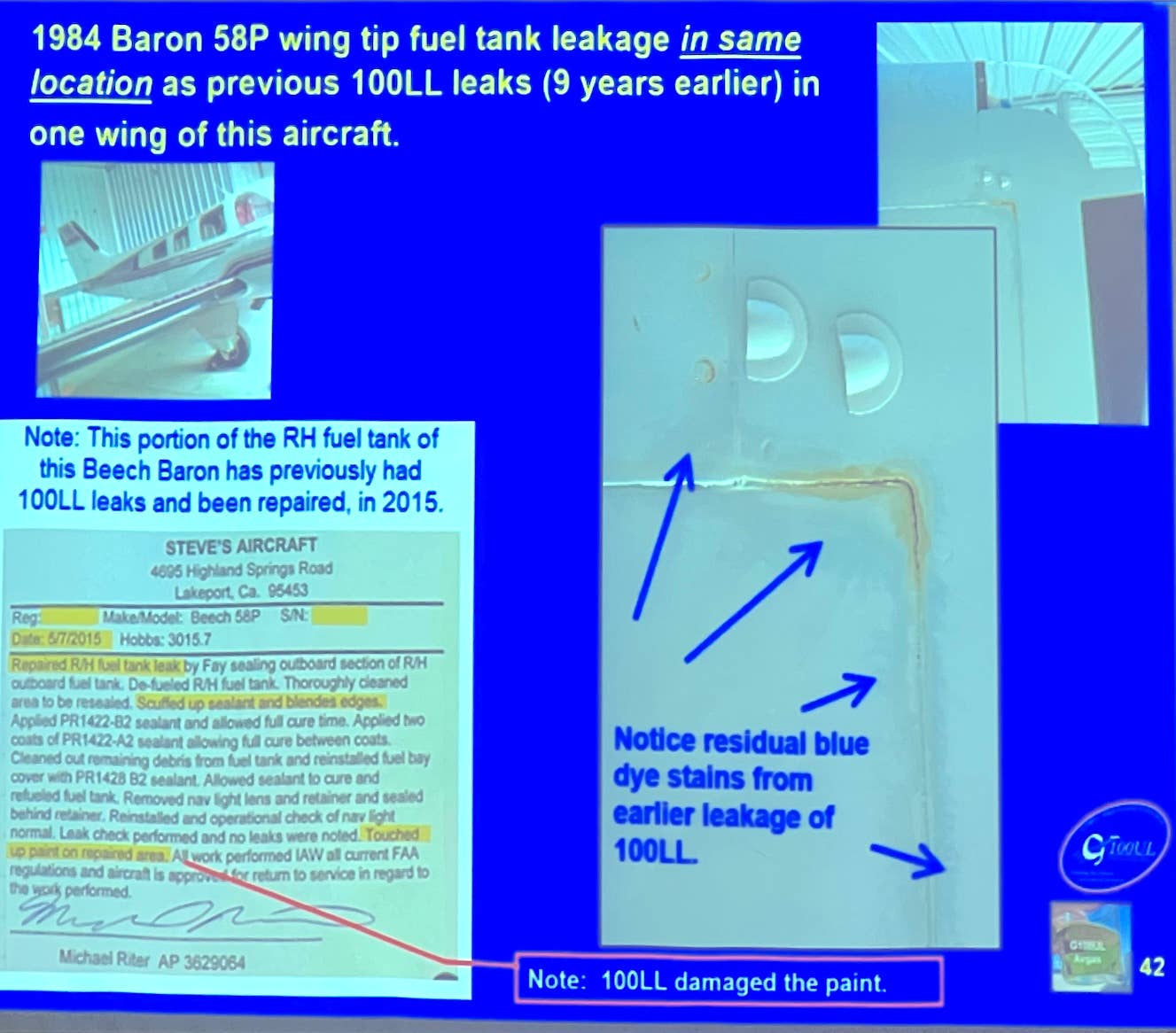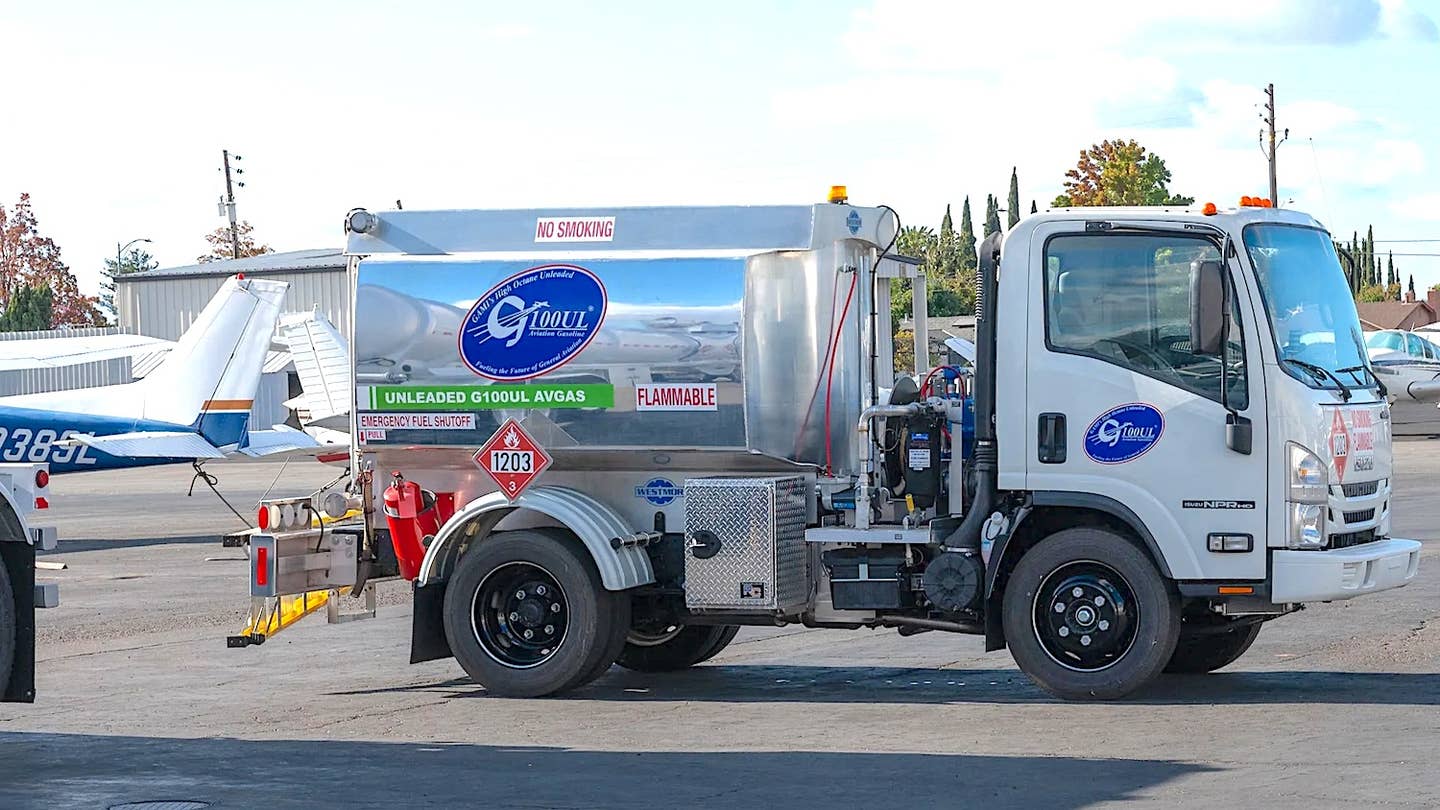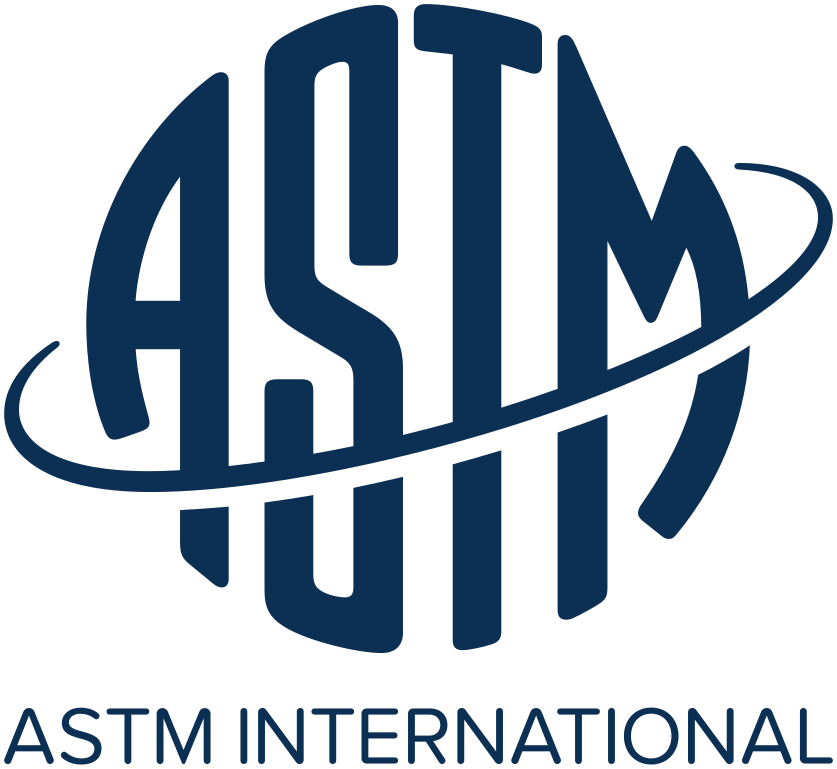The New Commander 114B
What low-wing airplane has passenger doors on both sides and an ultra-spacious interior that looks more like a luxury car than a spam can? AVweb’s publisher test-flies the new Commander and concludes that while it won’t break any speed records, it sure is a mighty comfortable travelling machine. Can you rationalize an extra 8 minutes on a 300 nm trip in order to ride in comfort and style?

 Remember buying your first new car? Most people do. Like yourfirst solo flight, it is one of those memories that stays with you. Flyinga brand new Commander 114B made that same sort of impression on me.
Remember buying your first new car? Most people do. Like yourfirst solo flight, it is one of those memories that stays with you. Flyinga brand new Commander 114B made that same sort of impression on me.
It was new. It smelled good. The soft gray genuine leather seats along withthe close pile spotless carpeting told my nose that this was a brand newairplane. The instrument panel had no scratches or paint chips, the radiobezels and lenses were clear and clean, the control wheels were smooth tothe touch...and the windows had that special kind of clean that only happenswhen they haven't ever been cleaned.
Tall in the saddle
Outside the fit and finish were excellent, but it is the "look" of the Commander114B that makes it unique. The wings have an unusually large amount of dihedralwhich position the wing tips much higher than the wing roots. Most airplaneshave some dihedral, of course, but none show it off quite like the 114B.
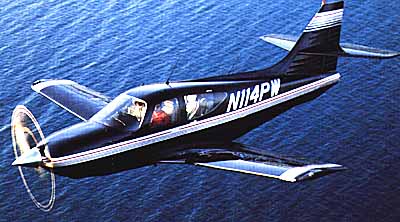 In the rear, the horizontal stabilizer is positioned midway up the verticalstabilizer - a cruciform tail configuration - and adds to the airplane's"big" look. The airplane gives the impression that it is very rigid and strong.
In the rear, the horizontal stabilizer is positioned midway up the verticalstabilizer - a cruciform tail configuration - and adds to the airplane's"big" look. The airplane gives the impression that it is very rigid and strong.
The landing gear looks like it has been carrier rated and I knew that thattrailing beam shock absorber would smooth out even less-than-perfectlandings...you know, the kind pilots make when they know someone is watching.
The "right" engine
There always seems to be a "right" engine for aparticular airframe. For instance, while Piper Cherokees were built withengines ranging from 140 to 235 horsepower, the 180 HP versions flew thebest...at least in my opinion.
 The single-engine Commander has flown with several engines and the currentLycoming IO-540-T4B5 rated at 260 HP feels like the right engine for thisairframe. Producing just 0.48 HP per cubic inches of displacement, this engineshould have no trouble reaching its full rated 2000-hour TBO.
The single-engine Commander has flown with several engines and the currentLycoming IO-540-T4B5 rated at 260 HP feels like the right engine for thisairframe. Producing just 0.48 HP per cubic inches of displacement, this engineshould have no trouble reaching its full rated 2000-hour TBO.
For more performance there is a turbocharged version, the Commander 114TCwhich significantly increases the vertical envelope that the airplane canoperate in. While the normally-aspirated 114B cruises at about 160 knotsmax, the 270 HP turbocharged version can do 180 knots while cruising in thehigh teens or low flight levels.
Kicking the tires
Preflight for the 114B is straightforward. There are five (count 'em) fueldrains, one in each wing, one in each maingear wheel well, and the gascolatornear the nosewheel.
Checking the oil is done through a small door in the cowling. The new cowlingis very efficient improving both the airplane's speed and the engine's cooling.But I'm afraid that with today's attention of aerodynamics and drag reduction,the days of the barn-door cowling that lets you really eyeball the powerplantduring preflight (like the one on the Beech Bonanza) are a thing of the past.
The walkaround reminds you that this is a big, tall airplane. The 114B'stail rises to almost 8.5 feet, its fuselage is just under 25 feet long andits wingspan is 32 feet 9 inches. With its wide stance of 11 feet, it sitsrock-solid on its gear even on the windiest of days.
Two doors, no waiting
Entering the cabin of the 114 demonstrated one of its differences immediately:Matt Goodman, Commander's Marketing vice president and my demo pilot of theday, entered through the RIGHT door while I entered through the LEFT door.There aren't too many low-wing airplanes with passenger doors on both sides.
I mentioned that with all the door problems I had seen over my years of flyingthat sometimes I had thought that even one door was too many. "We have thedoors pretty well figured out," Matt told me. I had to admit that these doorslooked like they would stay closed and fit right for some time.
A Commander pilot must make sure that both his door and the passenger doorare both properly closed and locked. There are many ways to leave a doorpartly open, have a seatbelt flopping outside or leave a key in the lock.I've done them all over the years. With a Commander 114B, you can do it instereo!
Startup and taxi-out
Flying the new Commander was a real treat. No rattles, very little air noise,a smooth engine, tight nosewheel steering, and crisp controls made the 114Bfeel like the brand new plane that it was.
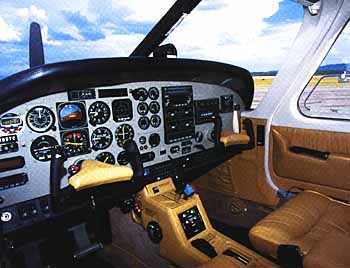 The soft leather, dense carpet, interior appointments and metalinstrument panel gave the inside a luxury feeling that complemented the solidlooking exterior. Commander has gone to some effort to remove every bit of"royalite" and plastic feel from the interior of this airplane. Just sittingon the ramp it feels more like a luxury car than an light plane. And boyis it spacious!
The soft leather, dense carpet, interior appointments and metalinstrument panel gave the inside a luxury feeling that complemented the solidlooking exterior. Commander has gone to some effort to remove every bit of"royalite" and plastic feel from the interior of this airplane. Just sittingon the ramp it feels more like a luxury car than an light plane. And boyis it spacious!
Starting the fuel injected Lycoming is standard procedure, at least for injectedLycs: crack the throttles, mixture rich, boost pump on until fuel pressurestabilizes, then mixture to idle cutoff, crank the engine, and advance themixture once the engine fires. Some people swear that just turning on thefuel pump and setting the mixtures rich and cranking achieves the same result:the engine will fire when the fuel air mixture in the cylinders is right.We used the standard POH approach and the engine fired right up as requestedand settled into the familiar lope of a six cylinder Lycoming.
Turning on the avionics master lit up the panel showing off the Bendix/King,ah, make that AlliedSignal radio stack. Avionics included a KLN90B GPS withmoving map that makes getting lost or disoriented a thing of the past.
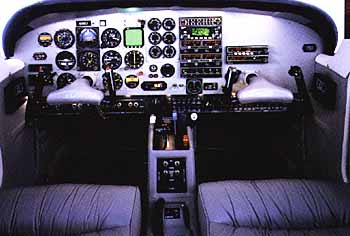 Ground control cleared us to the active and with just a littlethrottle the 114B started rolling and the rudder-pedel-operated nosewheelsteering started us turning towards where we wanted to go. Adding somedifferential braking makes the steering a lot more positive at slow taxispeeds, but on the runway keeping your feet off the brakes makes things muchsmoother.
Ground control cleared us to the active and with just a littlethrottle the 114B started rolling and the rudder-pedel-operated nosewheelsteering started us turning towards where we wanted to go. Adding somedifferential braking makes the steering a lot more positive at slow taxispeeds, but on the runway keeping your feet off the brakes makes things muchsmoother.
The fuel system is easy to manage with the fuel selector having a "both"position used for takeoff and most other times, too. There's also a "left","right" and two "off" positions. Turning the selector to "off" requires thatyou push a red lockout tab. You can use the "left" or "right" positions tobalance the fuel load or run a tank dry, but I expect that most Commanderpilots will simply use the "both" position most of the time. The airplanehas two wing tanks each holding 35 gallons of avgas (34 usable).
The straightforward fuel system is one of the many examples in the Commander114B that indicate it is a modern design. Airplanes should not have enginesstop from fuel starvation while there is still fuel in the aircraft, andhaving a "both" setting as the normal operating position goes a long wayto protecting against this. Of course, pilots can still make mistakes, butfor most operations and for most flights pilots of the 114B will not usethe fuel selector very much cutting down on the possibility of mistake.
For many years I flew an airplane that only had "left" and "right" positionsfor fuel selection, and fuel management was something I paid a lot of attentionto. The aircraft I fly today has a "both" setting and my time spent withfuel management is reduced to almost nothing.
Enough of this...let's go flying!
No flaps are needed for takeoff although the manual says that up to 20 degreesare allowed. We decided not to use flaps and after a standard run-up andcockpit check, mixtures rich and full throttle got 2700 RPMs from the Lycoming.Rotate at 70 knots, climb out at about 85 knots, then retract the landinggear.
The landing gear is powered by hydraulics supplied by an electrically drivenpower pack. The gear has no mechanical uplocks - it is held up by hydraulicpressure - so the emergency extension procedure is simply to pull the electriccircuit breaker to the gear power pack and release hydraulic pressure usingan emergency extension valve which will allow the gear to free-fall withthe aid of downsprings.
When the gear comes up there is more noise than pitch change. Conversely,lowering of the landing gear and dropping flaps has little if any changein pitch and requires almost no trim adjustment. Another example of a modernairplane design.
After a while these small things begin to add up: The doors close snuglyand securely, the airplane is quiet and devoid of air noise, the fuel systemis pilot-friendly, there are no pitch changes with flaps or gear... Thisis one refined airplane, and I'm impressed.
Maximum performance takeoff at gross weight of 3250 pounds, according tothe flight manual, requires a 1460 foot ground roll and 2600 feet to clearthe mythical 50 foot obstacle at our current outside air temperature of 30degrees Celsius and a pressure altitude of about 1000 feet. At a more standardsea level and 20 degrees Celsius the ground roll would be reduced to 1190feet and obstacle clearance to 2090 feet.
While these are not exactly STOL figures, they ought to get you in and outof most reasonable airports without much trouble. But be sure to watch thedensity altitude during the summer. At 6000 feet pressure altitude and at30 degrees Celsius we would have required 2600 feet to break ground and anastounding 7200 feet (more than a mile!) to clear the 50 foot trees. Underthose conditions you might want to consider limiting the takeoff weight.
With the gear retracted and a cruise-climb power of 26" and 2600 RPM, the114B climbed away from Oklahoma City's Will Rogers airport smoothly in thebumpy air with only minor control inputs. In the Oklahoma plains the sunheats the flat ground, even early in the day, causing the updrafts that makefor moderate chop we are so used to in the summer. But with the optionalair conditioning that this airplane had and the good aerodynamic mannersof the 114B, even this kind of flying can be very comfortable. Leveling offat 3500 feet, we explored the airplane's manners in both clean and dirtyconfigurations throughout its speed ranges..
Airwork
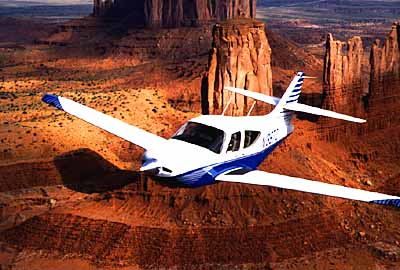 While the controls were a little stiff, they were always positiveand easy to keep from overcontrolling as might happen if they had any slopin them. Dutch rolls with ailerons moving from stop to stop required plentyof rudder to keep the nose on its spot on the horizon. There is plenty ofadverse yaw when entering a turn. You have to keep your feet on the rudderpedals if you want coordinated turns.
While the controls were a little stiff, they were always positiveand easy to keep from overcontrolling as might happen if they had any slopin them. Dutch rolls with ailerons moving from stop to stop required plentyof rudder to keep the nose on its spot on the horizon. There is plenty ofadverse yaw when entering a turn. You have to keep your feet on the rudderpedals if you want coordinated turns.
At Matt's suggestion, I set up a standard-rate turn, then while maintainingthe turn I slowed to approach speed, lowered flaps and gear, then cleanedup and accelerated back to cruse speed...all while holding altitude andmaintaining the turn. Very easy in this airplane. Next, I tried a 360-degreesteep-banked turn and hit my own propwash on the rollout. This airplane madeeven me look good. Then I tried some stalls and found them totally predictableand benign. The lack of bad habits and the comfort of the cockpit make thisan ideal platform for anyone wishing to move into complex aircraft
We resume our climb at 850 feet per minute to reach our cruise altitude of6000 feet and we settle down comfortably for a cross-country trip. At thataltitude and the power set at 23" manifold pressure and 2400 RPM with theoutside air temperature a warm 13 degrees Celsius (55 degrees Fahrenheit),the Commander 114B is getting about 69% BHP from the Lycoming up front andburning 12.4 gallons per hour. True airspeed is a by-the-book 149 Kts. Rangeat these settings is a solid 600+ nautical miles with IFR reserves.
Tradeoffs
We've now discovered the only weakness displayed by the 114B. It's not exactlya speed demon. Aircraft design is always a compromise. The Commander's capaciousinterior, good load-carrying capability and great handling come at a price:some speed is sacrificed.
Now frankly, as an Aerostar owner, I'm something of a speed freak. It issaid that when Ted Smith designed the Aerostar, he set three priorities.The first was speed, the second was speed and the third was speed. Consequently,the Aerostar has a more cramped interior than other light twins, it carriesless pay load, it has a small wing with a thin airfoil which takes away itsshort field capabilities and makes it very slippery to handle, the stallscan get exciting, and it doesn't fly slowly worth a darn...but, it goes fasterthan anything in its class. In the single-engine world, the Mooney is similar.
The Commander 114B is big, solid, comfortable, easy to fly, well mannered,carries a lot, looks good, but it isn't as fast as others with the same engine.But how big a deal is this? On a 300 nautical mile trip, a 10 knot penaltyin cruise speed will cost about 8 minutes. Is it worth the extra 8 minutesto travel in high style and roomy comfort? Only you can decide.
Well, all good things must end, and Matt said it was time to return and land.Descending to pattern altitude, you can extend up to 20 degrees of flapsbelow 151 KIAS. While extending flaps BEFORE the gear is not unusual in largerairplanes, it seemed unusual in a four-place single but it does help controlyour speed in a rapid descent. The gear can be lowered once you're below130 KIAS. Interestingly, once the gear is extended you can accelerate to186 KIAS (remember to put the flaps back up first) which would give you anawesome rate of descent should it ever be needed.
The normal traffic pattern is flown at 80 to 90 KIAS, slowing to 75-80 KIASon short final with full flaps. On my first landing attempt in the Commander,we made a positive but gentle touchdown. I couldn't tell whether it wasbeginner's luck or the ultra-forgiving trailing-link landing gear of the114B.
Final thoughts
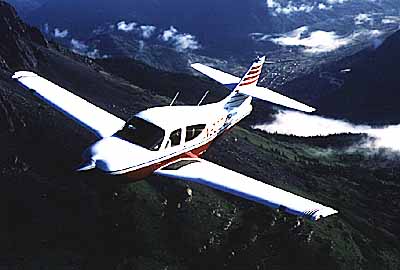 The Commander 114B is solid honest airplane with a spaciouscabin and luxurious appointments. The engine is well suited to the airframe,the avionics complete and integrated, and the overall fit and finish showsquality workmanship. If the airplane has a weakness, it is in cruise speeds.All airplanes require compromise and this one is no exception.
The Commander 114B is solid honest airplane with a spaciouscabin and luxurious appointments. The engine is well suited to the airframe,the avionics complete and integrated, and the overall fit and finish showsquality workmanship. If the airplane has a weakness, it is in cruise speeds.All airplanes require compromise and this one is no exception.
Commander Aircraft wants to appeal to the corporate world. If a $30 millioncompany can buy a business jet for $3.5 million, why can't a $3 million companybuy a four place single for $300 thousand? Commander is selling the ideathat a 300-400 mile trip is easily done in the 114B, very hard to drive,and sometimes impossible on the airlines. The $3.5 million jet wouldn't addmuch to a 300 mile trip either.
This may be a tough sell. You just don't find many four place singles inthe business fleet unless the owner just happens to be a pilot. Many of usknow that an airplane can be very useful for business, but that idea hasn'ttransferred to the non-pilots who run most small companies.
That's too bad because the Commander 114B would fit well into the corporateworld. You can put four "suits" in the airplane, fly 300 miles, do your businessand be home for dinner in comfort. Considering the frugal operating costs,if you do that trip with four people it will cost a whole lot less than theairlines.
But no matter how good the story gets, the industry has a lot of sellingto do to get Corporate America to buy into the single-engine airplane market.Commander can't do it alone, it's going to take efforts by all the majormanufacturers to legitimize the market, support by NBAA (who isn't happyunless the captain has an ATP), an effort by AOPA to support business useby small companies, and (most doubtful of all) help from the press to publicizethe whole idea.
It used to be that aircraft like this sold for something less than the priceof a luxury home, but no more (unless you're pricing homes in New York orSan Francisco). An equipped Commander 114B will set you back about $375,000so this isn't something to be bought on a whim. This is serious money fora serious airplane.
I would rate the second most serious problem with the 114B as the price,which is going to come under heavy competitive pressure in the future fromnot just Cessna, but also from upstarts Katana, Cirrus and Lancair. For now,though, none of these company's are building airplanes in the 114B's class.So if you want a classy looking and feeling airplane, head for Oklahoma Cityand the Will Rogers airport for a factory tour and a demo hop in this finehigh-performance single-engine machine.


